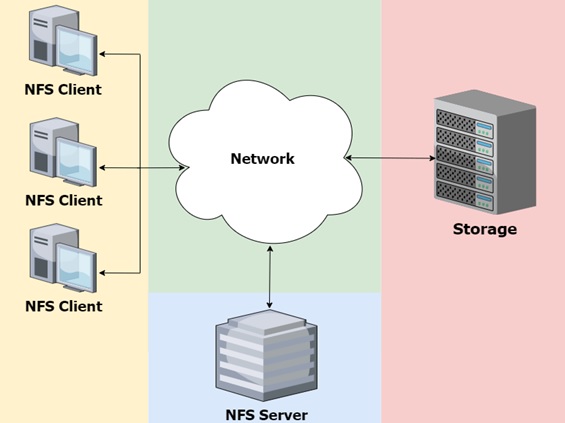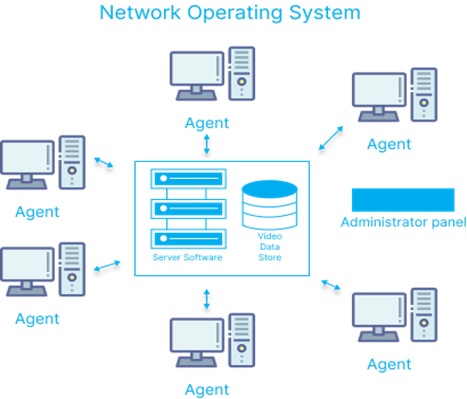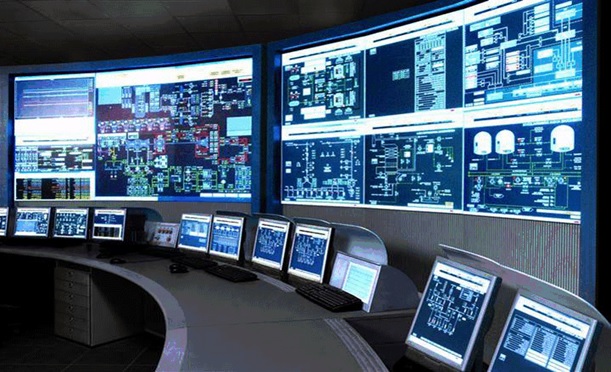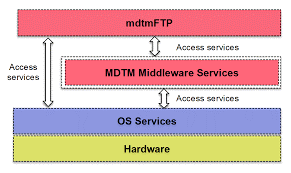Building Automation Systems Make Data a Resource for Energy Conservation
Building Automation Systems (BASs) provide means to control as well as monitor various operational aspects of buildings. Activities that typically require human interface such as data logging, equipment health monitoring, data analysis etc. can be automated by a BAS system to reduce human error – as well as enhance efficiency and accuracy of data.
With the cost of manpower increasing, and the need to operate and manage buildings at the lowest possible cost, BASs are finding their ways in more and more building designs. A BAS while costing more at the build stage helps lower operating costs for the owners and the payback periods for the Capex are in the range of 2 to 4 years.
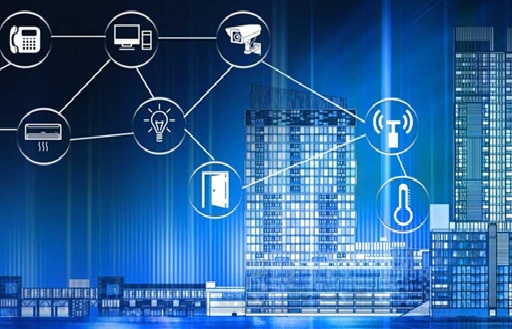
Figure 1. Building Automation Systems
Building Automation Systems is shown in figure 1 shows The intelligent network reduces the interfaces between IT and building automation systems and requires no separate infrastructures. They utilize the existing local data network to ensure a high degree of convenience, productivity, and security.
The smart building software forms a central integration point for all types of devices and services of a building automation system (BAS) and perfectly maps the building infrastructure at the building, floor, or room level. The data prepared by the system form the basis for any decisions that may be necessary regarding resource consumption, adaptation of temperature, CO2 concentration or humidity, lighting, and predictive maintenance.
Benefits of building automation
- Lower operational costs
- Lower energy costs
- More flexibility to adjust workspaces
A smart building automation system can leverage data that it collects to help reduce costs. For example, it can help reduce use of electric lighting by adjusting shades to let in more natural light. Such lighting management has been proved to lower power usage dramatically.
Connecting building equipment such as lighting, shades, and HVAC systems enables building operators to automatically adjust temperature, shades, and lighting based on time of day and occupancy. In turn, buildings can become more energy-efficient to meet or exceed stringent regulations for greenhouse-gas emissions.
Smart building data can be used, for example, to detect changes in occupancy density. The building's HVAC systems then adjust airflow, humidity, and temperature appropriately.
Or lighting color could change to indicate too many people in a conference room, workspace, or building when the space's occupancy exceeds density thresholds.
Building data can also support automated scheduling, from parking-space allocation to workspace assignment to conference room reservation.
In conclusion, building automation systems (BAS) have revolutionized the way we manage and control building operations. One of the most significant benefits of these systems is their ability to turn data into a valuable resource for energy conservation.
Overall, BAS have proven to be an effective tool for energy conservation and cost savings in buildings. As technology continues to advance, the potential for these systems to enhance building efficiency and sustainability will only continue to grow.
References:
- https://www.electricalindia.in/data-communication-protocols-in-building-automation-systems-an-overview/
- https://www.esmagazine.com/articles/100821-applying-the-building-automation-systems-of-the-future
- https://www.cisco.com/c/en/us/solutions/enterprise-networks/what-is-building-automation.html#~benefits
Cite this article:
Gokula Nandhini K (2023), Building Automation Systems Make Data a Resource for Energy Conservation, AnaTechMaz ,pp.109


